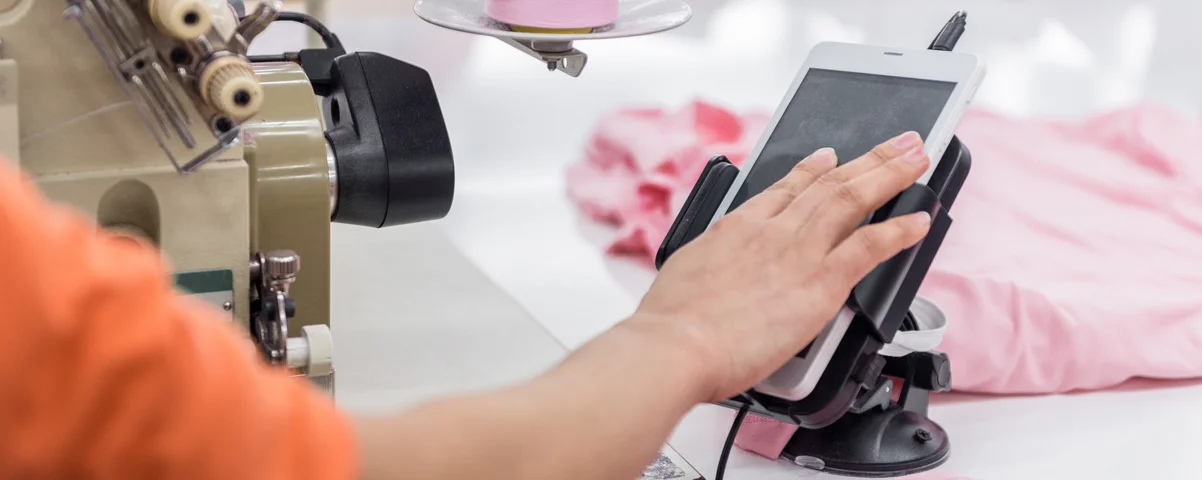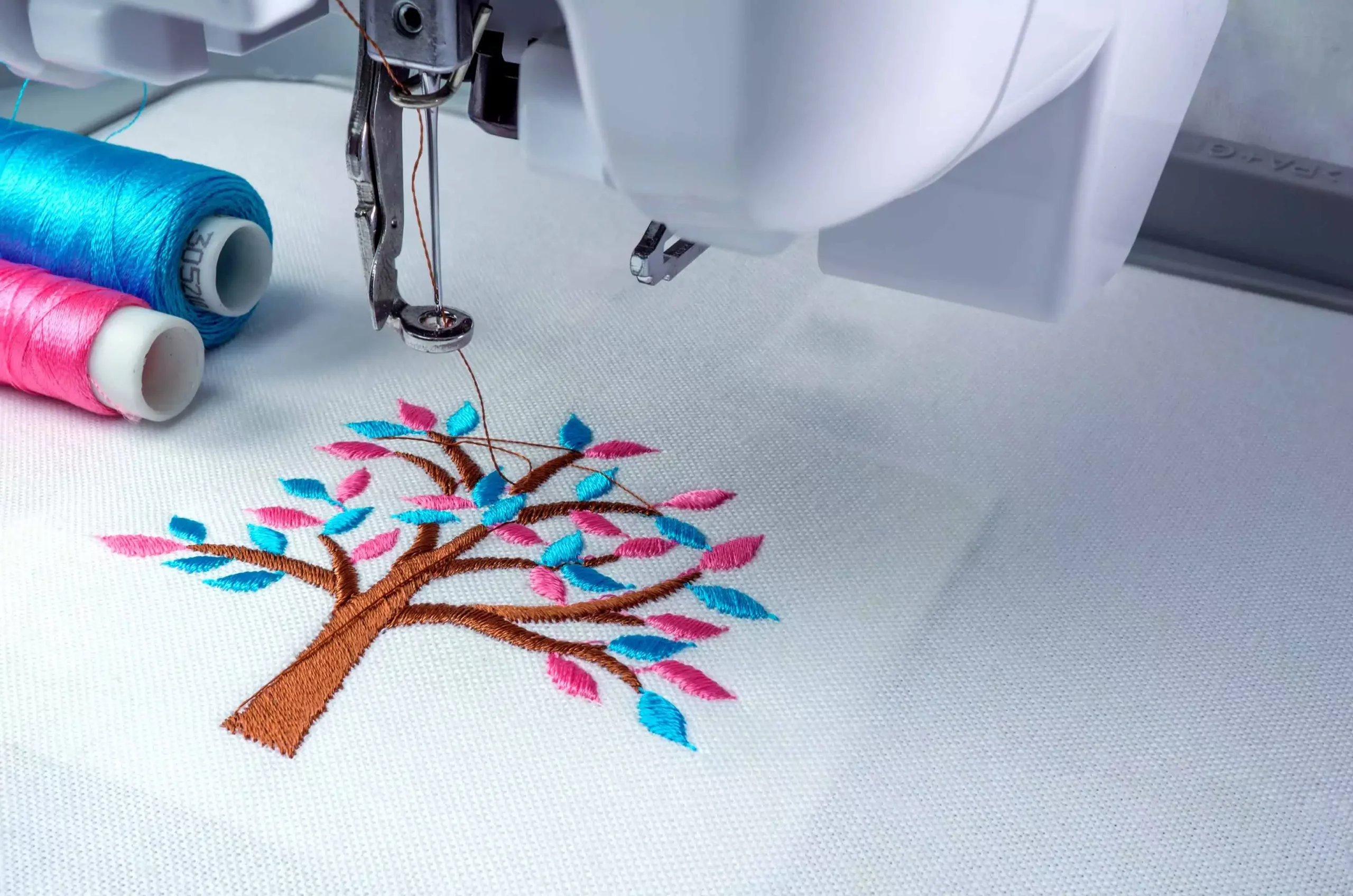5 Benefits of Adopting a Smart Factory Model in Textile Manufacturing
Introduction
Imagine a factory where machines communicate with each other seamlessly, making autonomous decisions to optimize production.
Picture a world where data flows in real-time, allowing manufacturers to monitor and fine-tune operations with precision. That’s the power of a smart factory model in textile manufacturing!
Sounds impressive, right? In an industry that’s as old as industrialization itself, the introduction of smart factories has unleashed a tidal wave of innovation. Gone are the days of labor-intensive processes and unpredictable outcomes—smart factories are here to redefine the way textiles are made.
Smart factories are revolutionizing textile production in ways that benefit both businesses and the environment. As global demand for textiles continues to grow, manufacturers are turning to smart factory solutions to stay competitive and adapt to the ever-evolving needs of their customers.
These state-of-the-art facilities leverage automation, artificial intelligence (AI), data analytics, and the Internet of Things (IoT) to optimize production processes, enhance quality control, and reduce costs. In this blog post, we will explore five major advantages of smart factories in textile manufacturing.
Smart Factories in Textile Manufacturing: 5 Major Benefits

1. Improved Efficiency and Productivity
One of the main benefits of implementing smart factory technologies in textile manufacturing is the potential for increased efficiency and productivity. Smart factories automate repetitive tasks and streamline production processes which can significantly reduce the time and effort required to produce textiles.
For example, IoT-enabled machinery can collect and analyze real-time data on production metrics such as equipment performance, material usage, and energy consumption. This information can be used to identify bottlenecks, optimize workflows, and make data-driven decisions that improve overall efficiency.
Moreover, advanced robotics and automation systems can work around the clock, ensuring that production continues even outside of regular working hours. This can help textile manufacturers meet tight deadlines and rapidly scale up production to meet increasing demand.
2. Enhanced Quality Control
Quality control is a critical aspect of textile manufacturing, as defects or errors can have massive consequences for both manufacturers and their customers. Smart factories can leverage advanced technologies such as computer vision and artificial intelligence (AI) to improve quality control processes and reduce the risk of defects.
For instance, machine vision systems can be used to inspect textiles at various stages of production, identifying issues such as color matching inconsistencies, fabric flaws, or pattern misalignments. These systems can quickly and accurately detect defects that could easily be missed by human inspectors, allowing manufacturers to address issues before they become costly problems.
Additionally, AI-powered analytics can help textile manufacturers identify patterns and trends in quality control data, enabling them to make proactive adjustments to production processes and prevent future performance issues.
3. Cost Savings
Implementing a smart factory model can help textile manufacturers achieve significant cost savings in several areas, including labor, energy usage, and materials. Automation and robotics can reduce the need for manual labor, particularly for repetitive tasks that can be time-consuming and prone to human error.
The use of IoT-enabled devices to monitor and optimize energy consumption can also reduce energy costs. For example, smart sensors can detect when equipment is not in use and automatically power it down, conserving energy and reducing wear and tear on machinery.
Furthermore, advanced data analytics can help manufacturers optimize their use of raw materials, reducing wastage and lowering material costs. Manufacturers can analyze line-wise, floor-wise production performance data to identify inefficiencies in material/resource utilization and make targeted adjustments to improve their processes.
4. Greater Flexibility and Customization
As customer demands continue to evolve, textile manufacturers must be agile and responsive to remain competitive. Smart factories can provide the flexibility and customization capabilities needed to meet these changing needs.
For example, digital printing technologies can enable textile manufacturers to create custom designs and patterns on-demand, allowing them to quickly respond to customer requests for unique or limited-edition products. This can help manufacturers differentiate themselves from competitors and cater to niche markets and handle smaller order quantities (MOQs).
Additionally, smart factories can be easily reconfigured to accommodate changes in production processes or the introduction of new products. This can help textile manufacturers adapt to shifting market demands and stay ahead of industry trends.
5. Improved Safety and Sustainability
The adoption of smart factory technologies can also have significant safety and sustainability benefits for textile manufacturers. By automating hazardous tasks and implementing advanced safety systems, smart factories can reduce the risk of workplace accidents and create a safer environment for employees.
In terms of sustainability, smart factories can help textile manufacturers improve visibility, reduce waste, conserve resources, and lower their environmental impact. For example, IoT-enabled devices can monitor and optimize water and energy usage, helping manufacturers minimize their consumption and reduce their carbon footprint.
Moreover, advanced business intelligence dashboards can help manufacturers identify opportunities to recycle or repurpose waste materials, further reducing their environmental impact and contributing to a more circular economy.
Conclusion
The integration of smart factory technologies in textile manufacturing offers a transformative path forward for the industry. By harnessing the power of automation, artificial intelligence, data analytics, and the Internet of Things, textile manufacturers can unlock a host of benefits that revolutionize their operations.
The future of textile manufacturing lies in the realm of smart factories, where innovation and progress converge to reshape the industry and drive it towards a more efficient, customer-centric, and environmentally conscious future.







